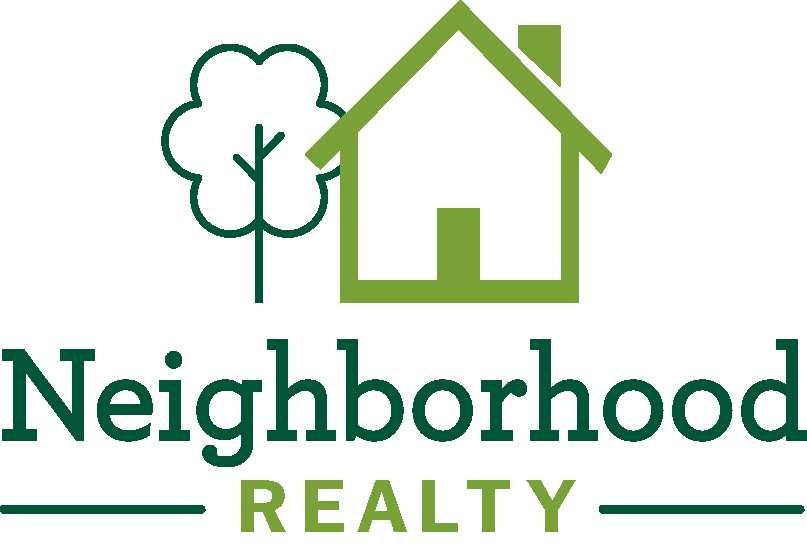Should I Buy a Home that is in a Flood Zone?
Photo by fema.gov
When some buyers (and realtors) hear the phrase, “This home is located in a FEMA flood zone,” many will not even look at the property for fear of having to deal with the dreaded flood insurance! But local insurance agent, Kyle Killens of Goosehead Insurance, breaks down exactly what a flood zone is and how flood insurance works.
A flood is defined by the National Flood Insurance Program (NFIP) as “a general and temporary condition where two or more acres of normally dry land or two or more properties are inundated by water or mudflow.” Most flood insurance providers defer to the NFIP definition or a close variation of it to explain what is covered by a flood policy. It’s important to note that this definition does not include what caused the flood - that’s because the source of the flood does not matter. If it falls under this definition, it would be covered by a flood policy.
There are five common flood zones that are divided into two categories – preferred-risk and high-risk zones. The preferred-risk zones, or what are commonly referred to as low-risk zones, are flood zones B, C, and X. These areas will typically receive more competitive pricing from flood carriers as they are not considered to be a large risk for the carrier. The other flood zones, A and V, are considered high-risk zones. In the event of large storms, these areas are deemed to be at a much higher risk of flood damage.
Flood insurance policies must always be paid in full. If the property is in a high-risk zone (A & V), the lender will often require their client to carry flood coverage. Because the lender requires flood insurance, it will normally be paid by the mortgage company through the client's escrow account. If the client is wanting to obtain flood coverage for a property in a preferred-risk zone, this is not required by their lender and therefore is normally be paid out of pocket by the client.
Photo by insurancejournal.com
Regardless of the zone, a flood policy will cover mostly the same things on the property. The policy will cover the main dwelling with an option to add contents coverage. There are also additional coverages available like Additional Living Expense and Other Structures coverage.
Many carriers offer flood insurance, but the most common provider is the National Flood Insurance Program (NFIP). Established in 1968 to help mitigate flood damage caused to property owners, the NFIP serves as the benchmark for flood insurance. Since its creation, the NFIP has offered standard pricing on its policies depending on which flood zone they are in. In October of 2021, it moved from its standard pricing system to pricing policies based on the flood risk of each individual property.
Flood insurance provided by the NFIP has its benefits and limitations. Many people like the comfort of knowing their flood insurance is backed by the government and has a guaranteed payout. Policies with the NFIP, however, have limited coverage offerings. Firstly, the dwelling coverage on an NFIP policy cannot exceed $250,000 (unless an excess flood policy is required by a lender to cover the loan amount) and the contents coverage cannot exceed $100,000 and is limited to Actual Cash Value. Other flood insurance carriers are considered private carriers. Even though they are not backed by the government, they are financially backed by some of the largest reinsurance companies in the world. Like a typical insurance carrier, each one has a different risk appetite for different types of properties, so putting a client with one of them may result in a more competitive premium than with an NFIP policy. In addition to the difference in appetite, private carriers offer a much wider range of coverage options. For example, some private carriers will go up to $5 million in dwelling coverage, offer replacement cost on contents, and provide additional coverages depending on the carrier.
Regardless of the flood zone or which flood policy a buyer goes with; cost can be a factor. High risk flood zones tend to carry a higher premium price because a flood is more likely to occur in these areas. One strategy to make sure you have the correct premium amount is to obtain an Elevation Certificate. An Elevation Certificate shows your building’s elevation compared to the estimated height floodwaters will reach in a major flood and provides a true picture of the compliance with floodplain ordinances to determine your flood risk and the cost of your flood insurance premium. An Elevation Certificate could already be on file for a home that is in a high-risk area. Contact either your local floodplain manager, state floodplain management office, ask the sellers if they have one, ask the developer or the builder as they might have been required to get one at the time of construction, check the property deed, or hire a licensed land surveyor, professional engineer, or certified architect who is authorized by law to certify elevation information.
All in all, flood zones or flood insurance should not be a determent to purchasing your dream home. Meet with a local reputable insurance agent to do all due diligence concerning flood insurance. You would be surprised how far an Elevation Certificate can go!
Thanks to Kyle Killens with Goosehead Insurance for sharing his thoughts and information on flood insurance.



